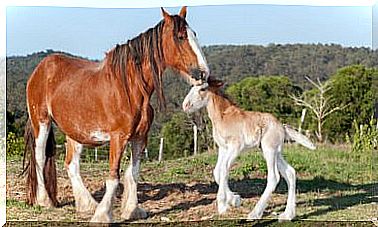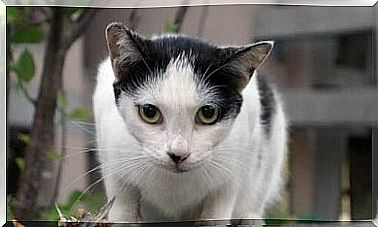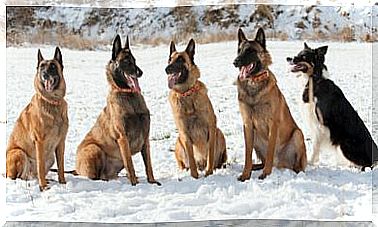Curiosities About Guinea Pigs
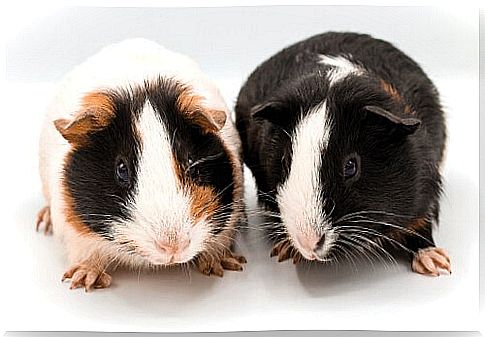
Guinea pigs are common pets in the western world. However, these animals have some characteristics that are not well known, but that may be the key to their proper care.
Guinea pigs are known in the scientific field as Cavia porcellus . They belong to the cavid family, characterized by their prominent rectangular head and their almost imperceptible tail. In recent years, this Peruvian/Bolivian animal has become a popular pet among children.
Some of the most curious features of this species are:
- In South America, guinea pigs are traditionally named cuy in allusion to the brief, sharp noise they make to communicate. The reason for the noise is varied, but it usually coincides with situations that generate some stress, such as hunger or fear.
- They are gregarious animals that tend to be found in nature in groups of five or more individuals. This factor can be taken into consideration when having them in the home environment, as it is advisable to purchase at least two of them for your greatest satisfaction. However, regardless of whether you buy several copies or not, the guinea pigs demand the affection of their owner.
- These animals are strict herbivores. In nature, they feed on all kinds of seeds, fruits, vegetables and vegetables. In the home environment, your diet is based on rations rich in vitamin C because it is crucial, among other things, for the good condition of your skin. However, they are not able to synthesize it on their own.
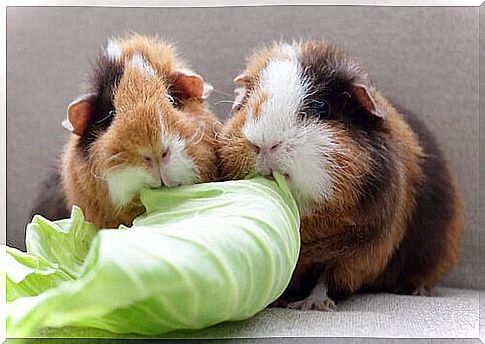
- They are part of the Andean popular gastronomy. They are served roasted, like the typical Spanish suckling pig, or skewered in street food stalls. Its nutritional profile is balanced, with 20% protein and 7% lipids.
- Although in pet shops the most common guinea pigs are short -haired and weighing approximately one kilogram, there are other breeds in which the body dimensions, color and type of coat are different. Among them, the skinny guinea pig stands out, with no hair, except for a frontal lock on the head, and the guinea pig rex, which can reach two kilos.
- Although they have a well-developed sense of sight, they have certain limitations in terms of perspective. This difficulty in calculating distances and depths often causes frequent accidents when running.
- They are often used extensively in scientific research. In addition to its application in the healthcare sector to test new medical treatments, its high learning capacity serves to study cognitive processes.

- They practice coprophagy. Like rabbits and many other animals, they need to ingest their own faeces to incorporate a number of essential nutrients, such as vitamin B and certain minerals. In addition, this way they can also recover part of the bacterial flora, which is important for the digestion of their fiber-rich diet.
- Your teeth grow for a lifetime. That is why it is essential, especially in the home environment, where they are usually fed on rations, which have other types of objects or ‘hard’ food, which allow them to wear down their teeth.
- Among the English-speaking community, they are known as guinea pigs because, starting in the 18th century, Dutch and English merchants took them from South America to Europe, stopping in Guinea. Thus, the false belief that this was their place of origin was widespread.
Guinea pigs, which have become popular pets since European aristocrats began acquiring them more than 300 years ago, are a frequent choice among children’s audiences. However, their food, health and emotional needs require maturity and responsibility from their owners.



